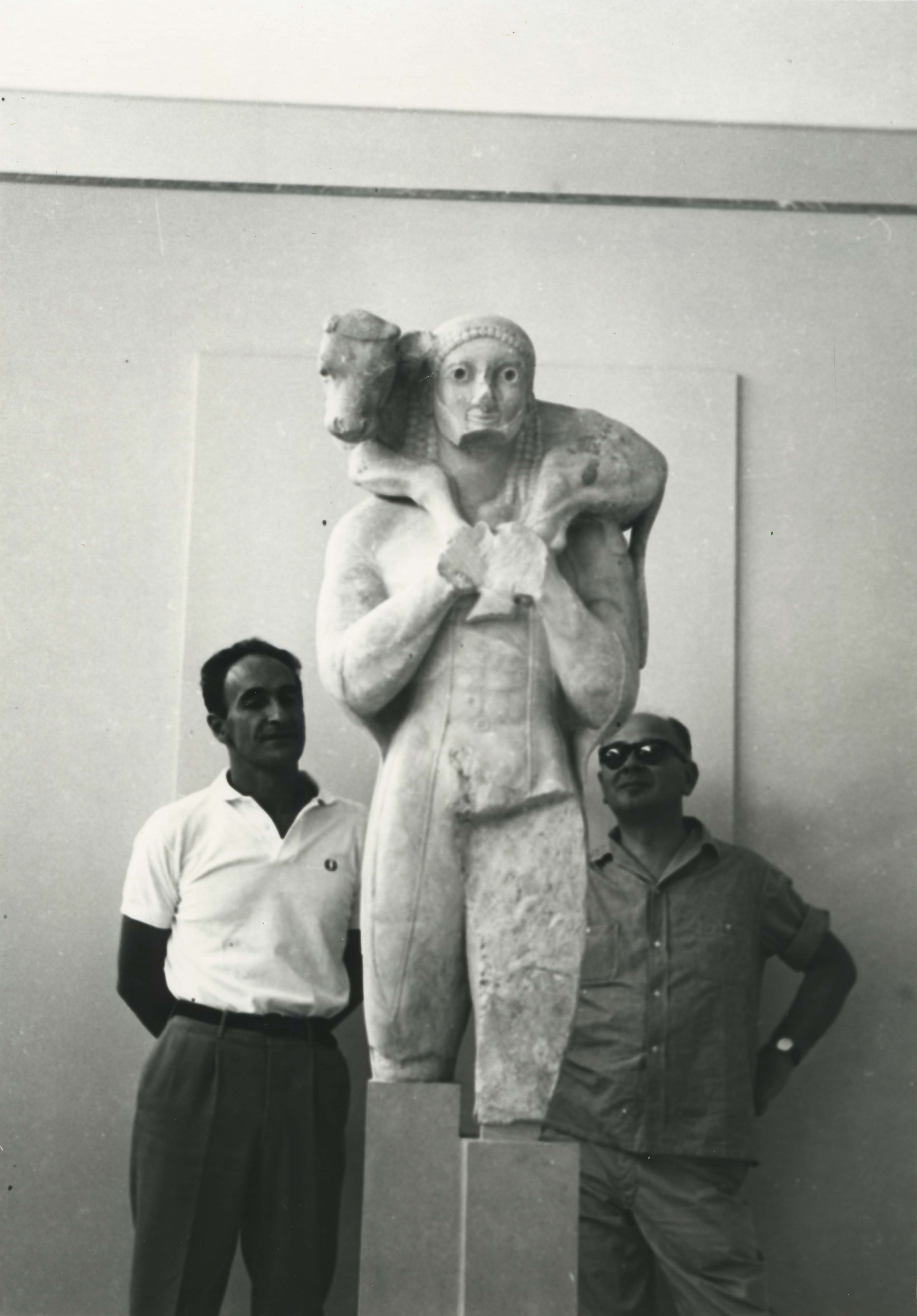In this journey around the Mediterranean, Chillida discovered a new concept that would inform his sculptural research: ‘light and architecture’. Chillida had previously rejected these ideas on two occasions: first, when he abandoned his architecture degree (1943-1947); and later, when he began working with iron in 1951 as a means of advancing beyond his first figurative sculptures in plaster (1948-1949) inspired by the work of Phidias and his predecessors.This search for light would later be applied to other materials and techniques at various points in his career.
Buscando la Luz
Buscando la Luz
Following his journey, and attracted by the parallel concept of ‘light and architecture’ from Pre-Classical Greece, Chillida chose alabaster – a material with translucent qualities – to create Homenaje a Kandinsky(Homage to Kandinsky, 1965) as well as a series of reliefs and pieces praising light and architecture.
Chillida saw light as creating spaces. His work around this idea ranged from delicate paper and porcelain reliefs and small works in clay to public monuments in concrete such as La casa de Goethe (House for Goethe, 1986) in Frankfurt and the project for Mount Tindaya (1995) on the island of Fuerteventura. As a continuation of these monumental projects, Chillida culminated his search with a series of iconic sculptures in the 1990s titled Buscando la luz (Searching for Light). Among these are the sculptures in the entrance clearing at Chillida Leku and the exterior garden at the Pinakothek der Moderne in Munich.
This sculpture series was a constant throughout Chillida's entire artistic career from 1952 onward—the year he created his first Peine (Comb) and dreamed of installing a sculpture against the horizon.



